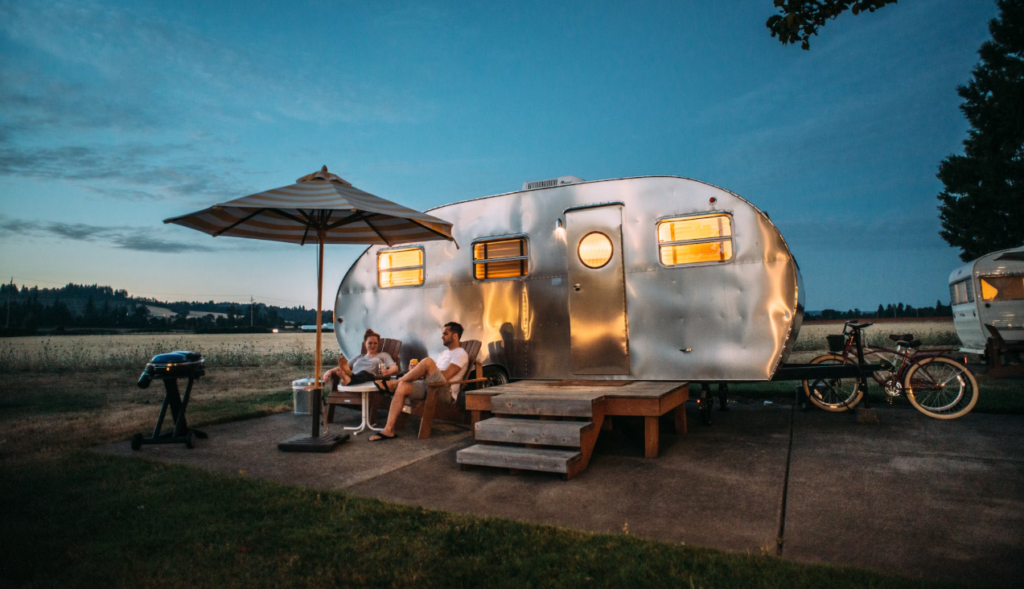Exploring the great outdoors comes in many forms, but two distinct styles stand out: car camping and backpacking. Each offers unique experiences, challenges, and rewards. Whether you crave convenience or adventure, understanding these approaches helps you choose the perfect outdoor journey.
Introduction
Outdoor enthusiasts often debate the merits of car camping versus backpacking. While both connect you with nature, they differ in logistics, mindset, and experience. This guide dives deep into what sets these styles apart and how you can make the most of your next adventure.
Car Camping Overview
Car camping transforms your vehicle into a mobile basecamp. With your car nearby, you can bring along comforts like extra blankets, a cooler, and even a portable stove. This style is ideal for families, groups, or anyone seeking a relaxed, accessible outdoor experience.
Key features include:
- Easy access to your gear and supplies
- Ability to camp in designated campgrounds or remote locations with car access
- Greater comfort and convenience, especially for first-time campers
- Flexibility to explore multiple locations without repacking everything
Backpacking Overview
Backpacking is about traveling light and immersing yourself in nature. All your essentials fit into a single pack, allowing you to hike into remote wilderness areas. This approach is perfect for those who value solitude, challenge, and a deeper connection with the environment.
Key features include:
- Carrying everything you need on your back
- Exploring off-the-beaten-path destinations unreachable by car
- Experiencing self-reliance and adventure
- Enjoying the tranquility of remote campsites
Cost Comparison
Budget considerations play a significant role in choosing your outdoor style. Here’s a breakdown of typical expenses for both car camping and backpacking:
| Category | Car Camping | Backpacking |
|---|---|---|
| Initial Gear | Car, tent (optional), sleeping pad, cooler, portable stove | Backpack, tent, sleeping bag, sleeping pad, cooking gear |
| Typical Cost | $100–$500 (excluding car), campground fees may apply | $300–$1,000 for quality gear, campsite fees often free or low |
| Ongoing Costs | Fuel, campsite fees, occasional gear upgrades | Food, occasional gear replacement, permits if required |
Convenience Comparison
Convenience is a major factor for many campers. Here’s how the two styles stack up:
| Aspect | Car Camping | Backpacking |
|---|---|---|
| Gear Transport | Easy—everything stays in the car | All gear carried on your back |
| Setup | Quick and straightforward | Requires more time and effort |
| Weather Protection | Car provides shelter in bad weather | Reliant on tent and gear; more exposed |
| Access to Amenities | Often near restrooms, water, and picnic areas | Limited to what you carry; remote locations |
Freedom Comparison
Freedom means different things to different campers. Here’s how car camping and backpacking compare:
| Freedom Aspect | Car Camping | Backpacking |
|---|---|---|
| Location Choice | Limited to places accessible by car | Access to remote, pristine areas |
| Mobility | Easy to move between sites | Limited by hiking distance and terrain |
| Group Size | Accommodates larger groups easily | Best for small groups or solo travelers |
Pros and Cons
| Style | Pros | Cons |
|---|---|---|
| Car Camping | Comfortable, convenient, family-friendly, easy access to amenities | Limited to car-accessible areas, less solitude, more setup space needed |
| Backpacking | Access to remote locations, solitude, adventure, minimal environmental impact | Physically demanding, limited gear, more planning required |
Choosing Your Style
Your ideal camping style depends on your priorities and preferences. Consider the following:
- Car Camping is best for those who value comfort, convenience, and sharing the experience with family or friends. It’s also a great introduction to the outdoors for beginners.
- Backpacking appeals to adventurers seeking solitude, challenge, and a closer connection to nature. It’s ideal for experienced campers or those looking to push their limits.
Preparation Tips
- Pack for comfort: Bring extra blankets, pillows, and camp chairs.
- Plan meals: Use a cooler for perishables and a portable stove for cooking.
- Check campsite rules: Reserve your spot in advance if needed.
- Safety first: Bring a first aid kit and know the nearest emergency services.
- Travel light: Only pack essentials to keep your pack manageable.
- Test your gear: Set up your tent and try out your stove before your trip.
- Plan your route: Know your trail and have a map or GPS device.
- Leave no trace: Pack out all trash and respect wildlife.
Conclusion
Whether you choose car camping or backpacking, both styles offer unique ways to experience the outdoors. Car camping provides comfort and accessibility, while backpacking delivers adventure and solitude. By understanding the differences and preparing accordingly, you can ensure a memorable and rewarding outdoor adventure.

